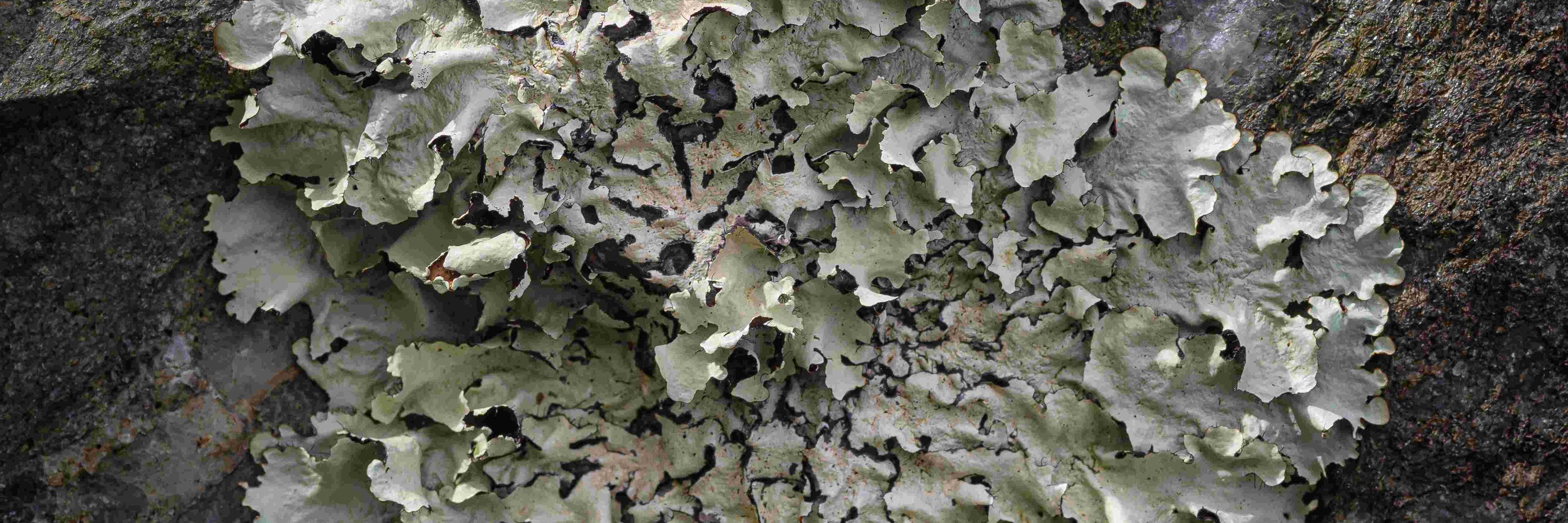Anthony Speca | Aspen Ecology
@aspenecology.com
730 followers
420 following
670 posts
Lichen surveying, consultancy, training and education. Posts mainly about lichens, sometimes moths, and occasionally other life-forms, especially if they're overlooked. Rocks now and then, too. Founder @anthonyspeca.bsky.social.
Posts
Media
Videos
Starter Packs





















